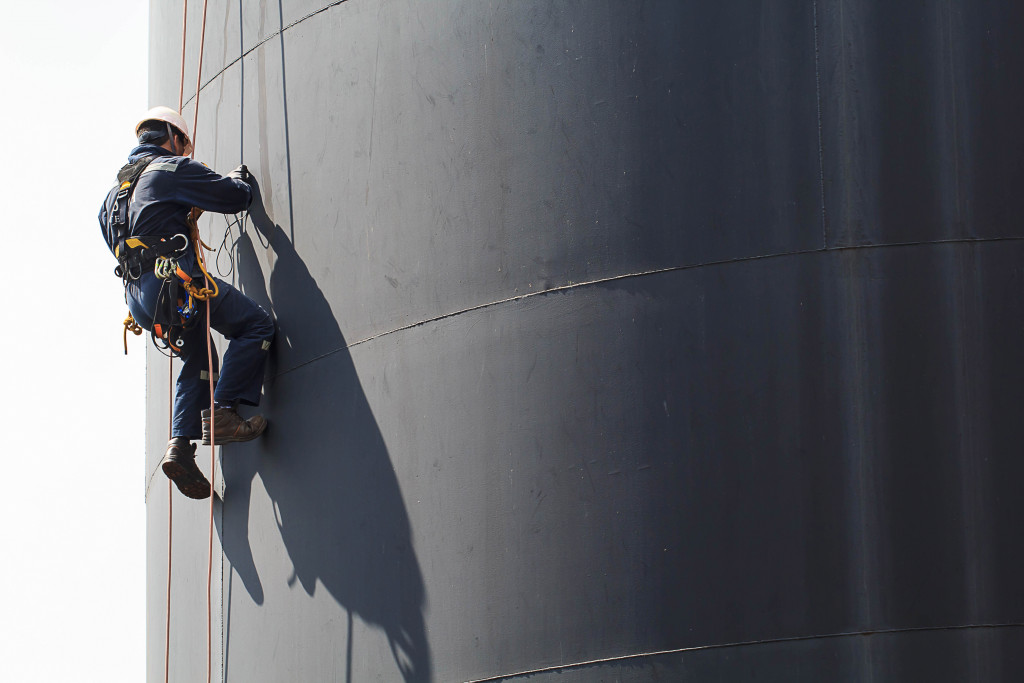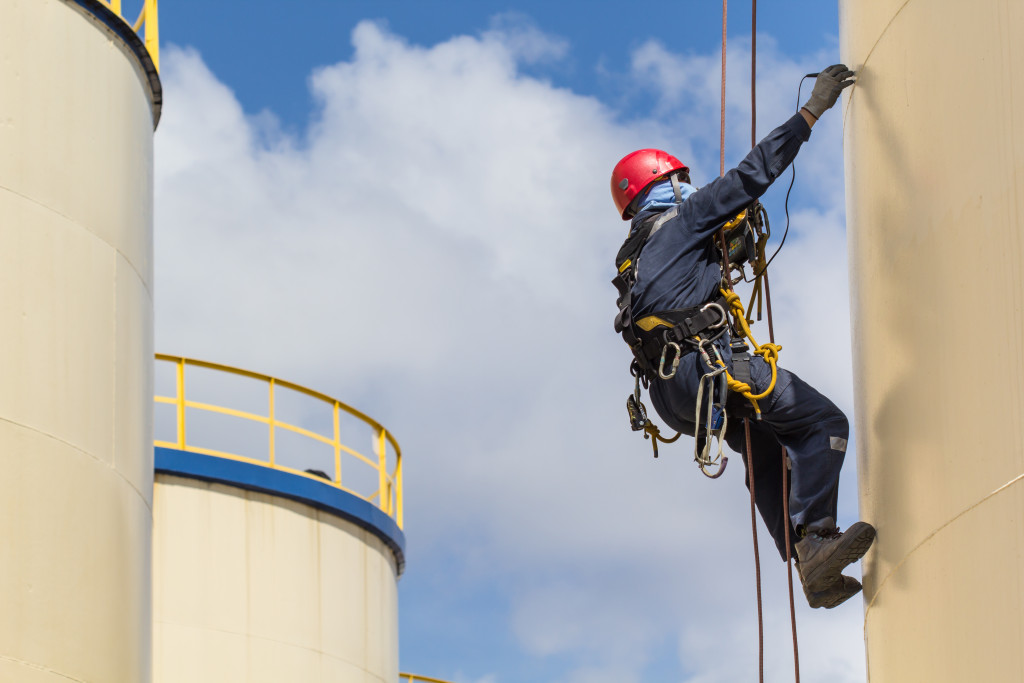- Becoming a professional aerial rescue climber is an exciting and rewarding career.
- Obtaining training and certifications from accredited organizations is necessary to become a professional aerial rescue climber.
- Physical fitness and interpersonal skills are essential for success in the field.
- Safety gear like carabiners, pulleys, rope bags, and helmets are necessary for a successful rescue.
Becoming a professional aerial rescue climber is an exciting and rewarding career. As an aerial rescue climber, you will be responsible for performing rescues from extreme heights. This includes rescuing people from high-rise buildings, mountains, and other difficult-to-reach places. If you’re looking for an adrenaline-pumping job that helps save lives, then this is the perfect opportunity! Here’s what you need to know about becoming a professional aerial rescue climber.
Training and Certification Requirements
To become a professional aerial rescue climber, the first step is to obtain the required training and certifications. Depending on your location, there are typically several different organizations that offer courses in aerial rescue climbing. These courses usually include instruction in basic climbing techniques as well as more advanced subjects such as knots and rope handling.
The training will also depend on the kind of rescues you plan to perform. For example, tree climbing training courses are available for those who want to specialize in tree rescues.
Additionally, most states require aerial rescue climbers to obtain a certification from an accredited organization such as the National Emergency Rescue Association (NERA). This ensures that all aerial rescue climbers have the necessary skills and knowledge to perform rescues safely.
Physical Fitness Requirements

Aerial rescue climbing requires physical strength and endurance, so all potential climbers must be in excellent physical shape before attempting any rescue operations. In addition to strength and endurance, climbers must have good balance, coordination, and knowledge of basic safety protocols.
That is why you must prove that you possess these qualities before becoming a professional aerial rescue climber. This means that you must pass a physical fitness test designed to assess your strength, balance, and coordination. It’s also vital that climbers have no fear of heights or enclosed spaces to be successful at this job.
Other Skills Needed
In addition to their climbing skills, professional aerial rescue climbers must possess specific interpersonal skills, such as communication and problem-solving abilities, to effectively interact with victims during their rescues. For example, they must be able to calm victims down and assess their needs to provide the best possible rescue service. On the other hand, they also need to know when and how to take command to ensure safety during a rescue.
They must also be able to think quickly on their feet and make sound decisions under pressure while still maintaining a calm demeanor during times of stress or danger. Finally, they must have strong leadership skills to lead teams of fellow climbers during complex rescues involving multiple individuals or locations.
Safety Gear and Equipment
Once you have the required training and certifications, it’s essential to ensure that you have all the necessary safety gear and equipment. But what kind of safety gear do these brave professionals use when they’re hundreds of feet in the air? Here are some of them:
Carabiners
Carabiners are metal clips with a spring-loaded gate that can be opened and closed. They’re used to connect ropes, harnesses, and other gear for climbing and rigging. Carabiners come in various sizes, shapes, and materials; some are designed specifically for rescue climbing.
Pulleys
Pulleys are essential equipment for aerial rescuers because they allow them to redirect their rope lines quickly and easily. They also enable climbers to decrease the tension on their strings so that when they rappel down from high places, the load is distributed more evenly among the pulleys instead of the climber’s body weight.
Rope Bags

Rope bags serve two purposes: they keep rope secure while it’s being carried or stored away, and they provide a way to organize multiple types of yarn while keeping them separate. A good rope bag should have a durable construction with numerous pockets for storing additional items such as carabiners, slings, anchors, etc.
Helmets
Helmets provide critical protection against falling debris or objects during a rescue mission. Most helmets are made from lightweight yet strong materials like Kevlar® or carbon fiber, which protect against impacts even at high speeds or great heights—which makes them ideal for aerial rescuers who often find themselves operating under extreme conditions where danger is always present!
If you’re looking for an exciting career with plenty of adrenaline-pumping moments that can help save lives, then becoming a professional aerial rescue climber may be the perfect opportunity for you!
Becoming a successful climber requires extensive training and certification, physical strength and stamina, and interpersonal skills such as communication and problem-solving abilities. With hard work and dedication, anyone can become an expert aerial rescue climber capable of performing amazing feats of bravery!
